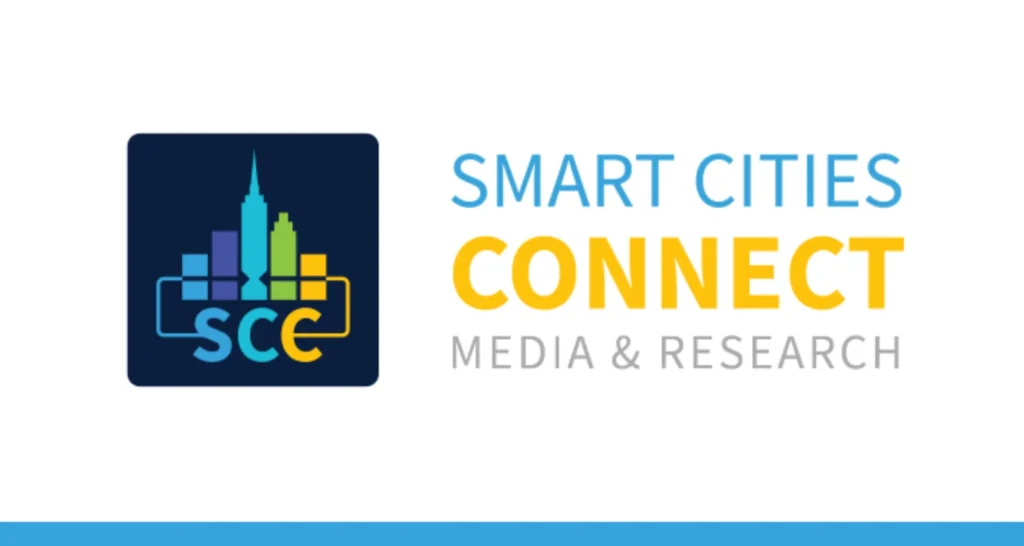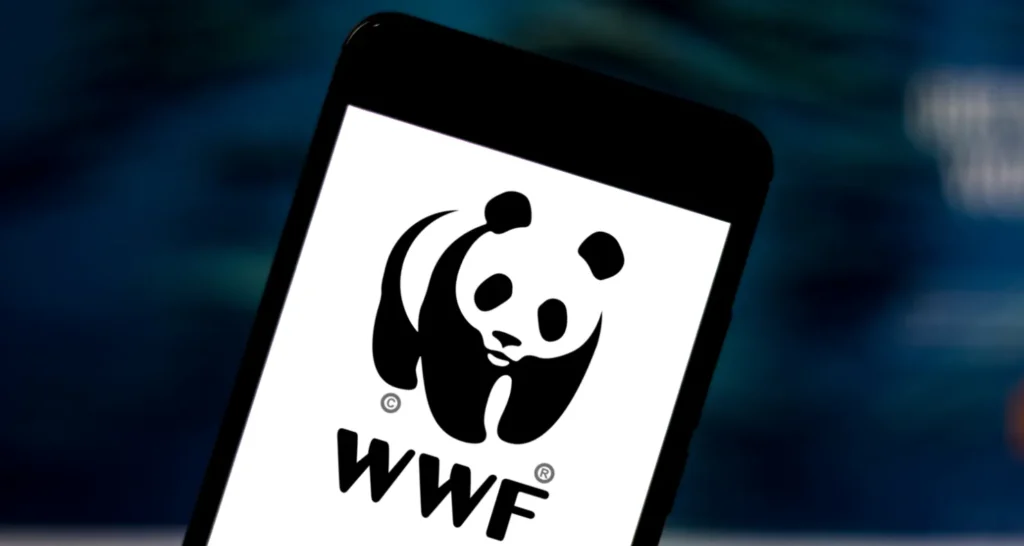Demarketing – a type of marketing aimed at reducing demand among the entire target audience or certain groups of it.
Types of demarketing
There are three types of demarketing. In business, the most commonly used is active, aimed at reducing demand. The same one that this article is written about. Passive demarketing is mostly used by the government to tell consumers about the harms of a product. Most often, tobacco and alcohol, harmful products such as palm oil, sodium glutamate, etc. are presented in a disadvantageous light. There is also absolute demarketing – the complete withdrawal of a product from sale if it is obsolete, not in demand, or of poor quality.
Demarketing strategies
General demarketing.
When demand is artificially reduced for all customers, not for a selective target audience.
For example, the company raises prices on absolutely everything, and customers have no choice: if you want to buy, or if you won’t – look for where it’s cheaper.
The bottom line: buy not quantity, but quality.
Methods: an increase in the cost of goods, the rejection of advertising.
Results: reduction in the number of customers, lower turnover.
2. Selective Demarketing
The demand is reduced only for a certain target audience. It may be an insolvent audience or undesirable clients.
Example: the same bar that wants to maintain a warm lamplight atmosphere and get rid of goons from the neighborhood.
The bottom line: we sift unnecessary, leaving profitable.
Methods: raising prices, positioning the brand for a particular CA.
Result: only desired customers, which bring real profit without much effort.
3. Apparent demarketing.
It is used mainly in the sales of expensive goods and services: jewelry, luxury cars, and expensive trips. Even if demand does not exceed supply, the price of the product is greatly inflated, and it is overestimated.
Example: A travel agency Hurlingham offers the most expensive trip in the world – it costs 1.5 million dollars for two people. The tour lasts two years, the travelers visit the world’s most famous landmarks, live in luxury hotels, and move around the world in luxury airliners and planes. There is a merchant for every commodity: there are people who are ready to pay a handsome sum of money for it.
The bottom line: we have only VIPs.
Methods: raising prices, creating an image of the goods for the chosen few.
Result: unprofitable the seller segments of the market are eliminated.













